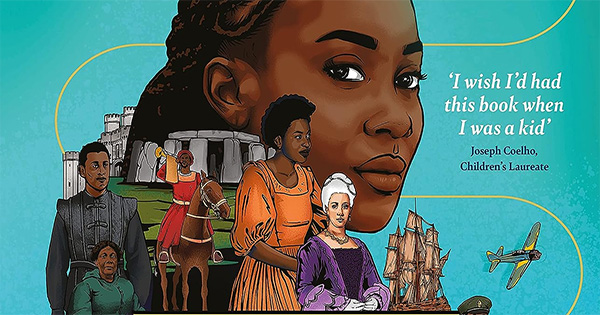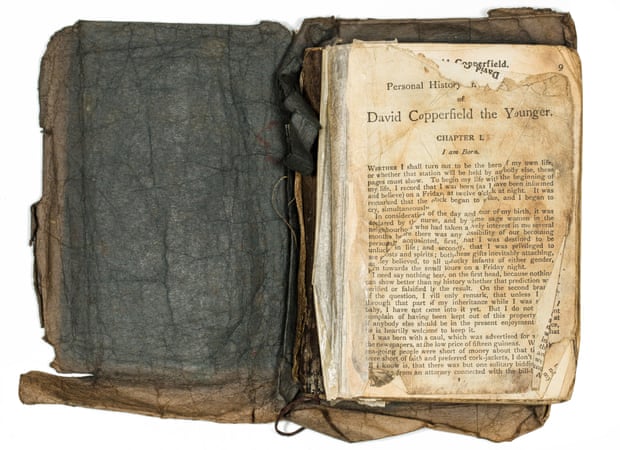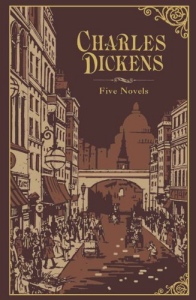Captain Scott ‘s copy of the Charles Dickens novel David Copperfield will be going on display at the Charles Dickens Museum in London.
The book was taken on the Terra Nova expedition in 1910 by Captain Scott with the view to sustain morale among his men. Captain Scott and his men would take it in turns to read chapters to the group, keeping spirits up during the harsh Antarctic conditions. David Copperfield was written in periodical chapters with intriguing cliffhangers, making it perfect for reading aloud together.
There was a British tradition of taking libraries of books on expeditions, with Sir John Franklin taking over 1000 books with him on his 1845 journey to the Arctic including some novels by Charles Dickens such as The Pickwick Papers and Nicholas Nickleby.
Dr Claire Warrior, a trustee of the Charles Dickens Museum, London, told The Guardian Newspaper: “Reading was an important communal activity which staved off boredom and built bonds between men living in challenging, cramped conditions with little personal space; Antarctica is rarely a place of solitude. Also, the fact that David Copperfield was originally published in instalments meant that it’s packed with cliff-hangers, which would have helped to keep interest high.”
Captain Scott ‘s copy of David Copperfield was found complete with seal-blubber grease stains and a still impregnated with the smell of smoke and fish. It is considered a crucial piece of literary history illustrating the importance of books for communities, and the impact stories have on mental health.
Frankie Kubicki, curator at the Charles Dickens Museum in London, said: “They had to bury themselves in the cave to survive and were eating penguins and seals to keep going. It was a very harsh winter. It was so important to have the stories not only as entertainment but also as comfort and a way of keeping up morale between the men as well.”
The main group split: some of Scott’s men managed to reach the South Pole with Captain Scott but they unfortunately failed to make the return journey back to camp. The other men trapped in the ice cave survived but they never reached the South Pole so they managed to bring the novel back home with them. Eventually the book was taken to the Charles Dickens Museum in London, where it is headlining the forthcoming exhibition.
Find out more information at the Charles Dickens Museum website.

10 of 2024’s Most Anticipated Reads

The For Reading Addicts Book of the Year 2023

Birmingham Poet, Benjamin Zephaniah dies, aged 65

Top Authors Join Legal Battle Against OpenAI for Mass Copyright Infringement




